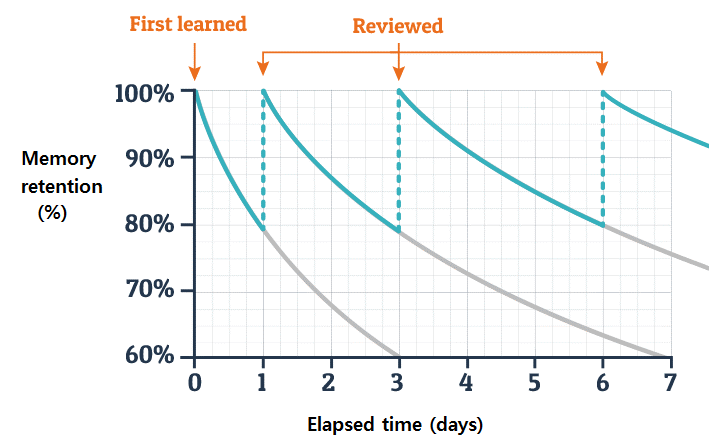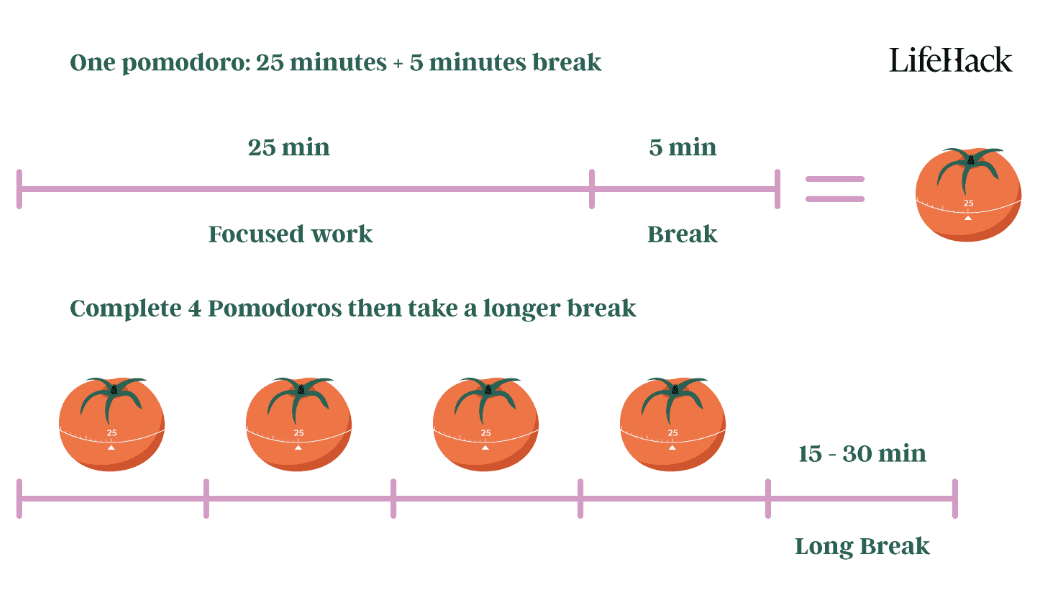With finals a few weeks away, it is crucial to start preparing for them in advance. Today, I want to introduce a few methods of studying.
Blurting, otherwise known as memory dump. Take a piece of paper and a topic you want to revise. Then proceed to “blurt” everything in your memory about that topic. Time is not necessary for this exercise, you can take as long as you want to. Notes and any other exterior materials are not allowed. In the end you check with your notes and keep track of what parts you have mastered and what need more time.
Spaced Repetition: It is a method where you review materials at systematic intervals. In the beginning the intervals are short and you need to review more frequently. As time goes on you start understanding better and remembering and the intervals in between reviews get bigger. Spaced repetition is a technique that minimizes the forgotten information when we do not come across it for long periods of time. There are different ways you can use spaces repetition. You can use online software or apps, or you can use the ‘Box Method’. In the box method, you create flashcards with the information you need to learn, and you also make a couple boxes or other ways of keeping the flashcards separate. If you recall the information in the flashcard correctly you pass it in a later box and if not you pass it in a previous box. The earlier boxes are reviewed more frequently and the later ones less often.
3. Past Papers Method: By putting yourself under exam conditions, i.e. somewhere quiet, with a timer and with no access to materials, you feel like you are taking the exam. This is a good method to figure out areas where you are comfortable and where more effort is needed. Another tip, is to go through around three years of past papers and take notes on concepts that pop up in them and also familiarize yourself with the way questions are asked, the format the answers are needed in and such.
4. Pomodoro Technique: The pomodoro is a famous technique which consists of 25-minute stretches of focused work and 5-minute breaks, creating 30-minute intervals. After four 30-minute intervals, bigger breaks around 15 to 30 minutes are taken. There are online timers to help you with this method. To make the pomodoro technique work, you need a checklist of tasks, and you must dedicate yourself to only one of the tasks during an interval. By using this method, you make sure not to burn out. The unbreakable rule of pomodoro is that once the timer starts, you cannot check messages, emails, chats, or any other thing unrelated to the current task (Pomodoro is tomato in Italian).
This is just another stepping stone for you, and you will make it through. Just remember to take breaks in between studying, sleeping at least seven hours every 24-hour period. Do not starve and stay hydrated.




